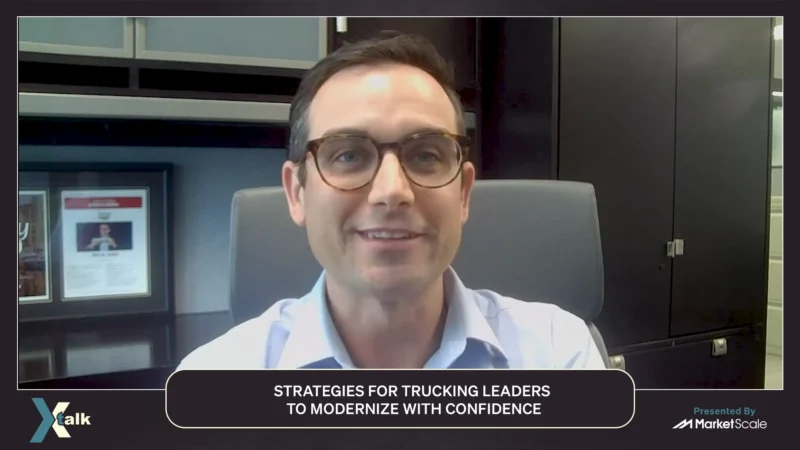How Sustainability and Gamification Factor into the Future of 3PL Strategies
One of the most well-known phrases in many industries is: If you’re not innovating, you’re dying. While the saying applies to a variety of industries, today, it is cozignant of the transportation industry. Speaking on the importance of technological innovation, Are We There Yet host Grant Harrell sits down with Kristi Montgomery the VP of Innovation, Research, and Development at Kenco, the largest woman-owned 3rd party logistics company in the United States.
As a 3rd party logisitics solutions provider, Kenco has a little over 100 facilities in North America, serving Fortune 500 companies across the continent. Montgomery, who has been with Kenco for over 30 years, said, “We have distribution services, transportation services, material handling, real-estate, and also supply chain solutions which encompasses my group, innovation, and also our consulting team and solutioning team for our customers.”
As a main part of Montgomery’s job, Kenco is leading in innovation in the industry. Montgomery noted, “Really, we wanted to move into more of a ‘How do we help our customers look at transformational change’ versus just making incremental improvements and keeping the lights on, so to speak.”
Kenco is recognized as one of the Top 10 of the leading 3PL’s in the world – in part because of their digital and technological innovation. The Kenco TMS LITE system, for example, brings customers improved supply chain performance via a single point of contact. Montgomery said, “Really, what TMS LITE does is bring a one stop shop to our customers.” The system helps businesses automate and digitize worflows while tapping into the carrier network.
Working with innovative partners in the transportation and logistics industry also lends to Kenco’s success. Kenco’s new partnership with Phantom Auto for remotely operated forklifts is set to increase workforce impact, improve safety, and save on costs.
Recognizing the importance of innovation has helped Kenco become a pioneer in emerging technologies. As labor becomes a premium and the industry faces a future labor shortage, staying steps ahead is possible because of innovation.
“We have to start thinking differently. We have to start moving ourselves to a different level of transformation to get us above and beyond the labor shortage,” explained Montgomery.




